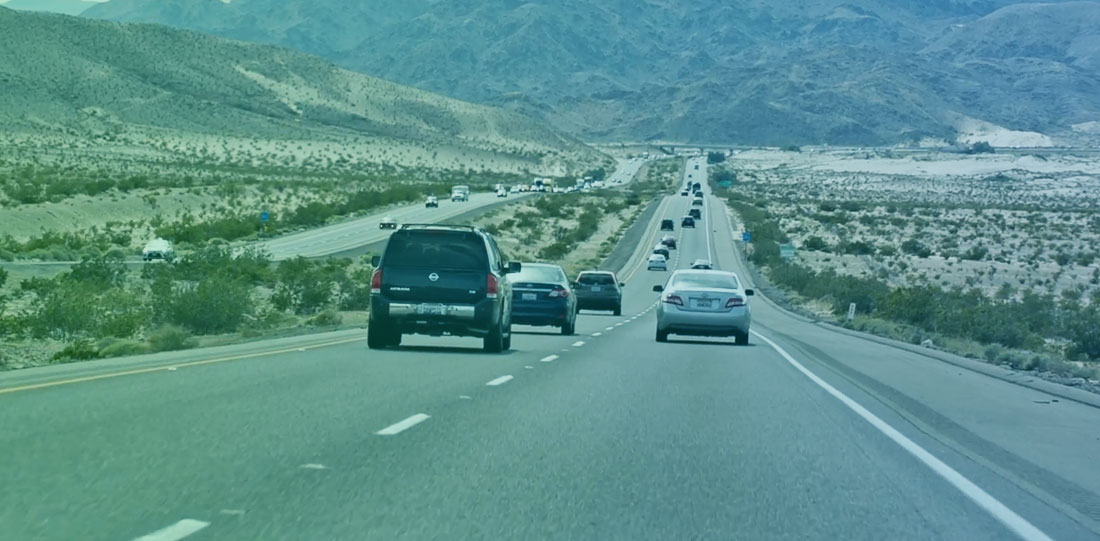Advanced Traffic Management System
Improve the flow of vehicle traffic and safety
Metro’s Advanced Traffic Management System (ATMS) comprises a set of intelligently integrated roadside equipment’s connected to provide a high quality highway solution ensuring a safe & secure journey.
It’s a Intelligent transport system that collects information from roadside equipment’s to ensure smooth traffic movement and timely reaction to hazardous situations. Traffic data is gathered, consolidated and analysed at control centre for various requirements of the infrastructure controllers.
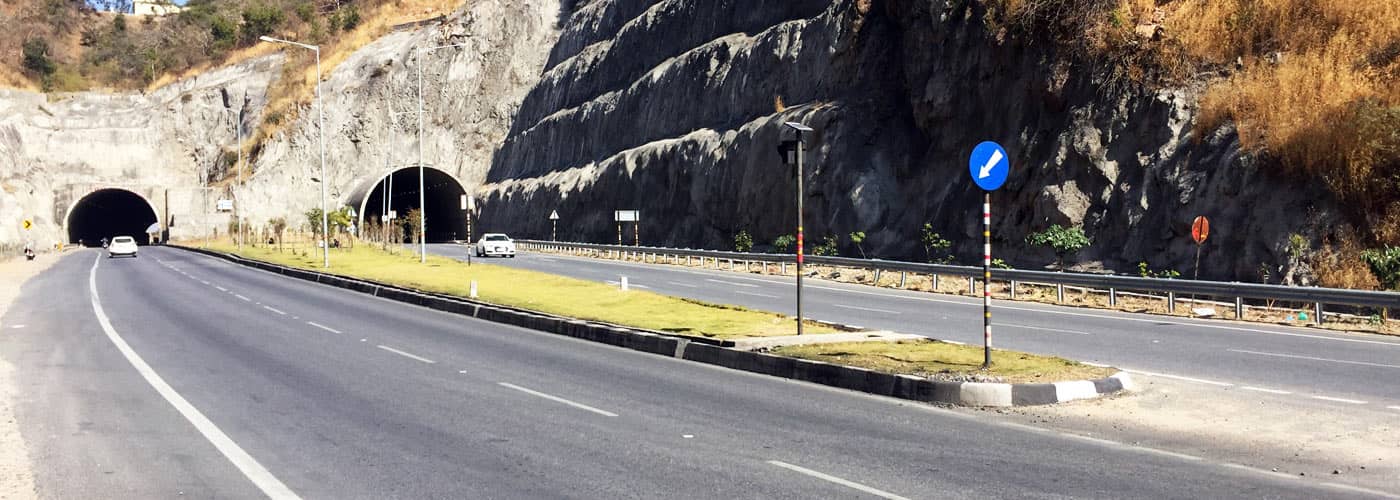
Central Control Room
Features:
-
Ability to not only monitor but also track the lifecycle of the product
-
Brings about the standard operating procedure(SOP) for any incident by triggering all the support systems and tracking their outcome
-
Provides real time predicted traffic analysis to the infrastructure controller based on an incident
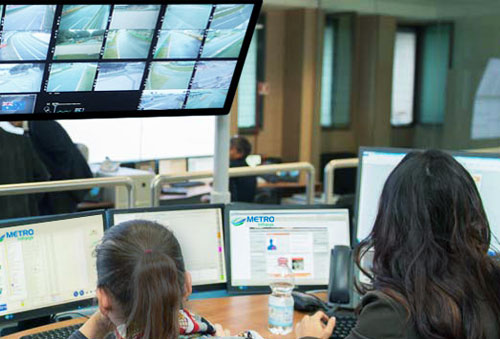
Emergency Call Box (ECB)
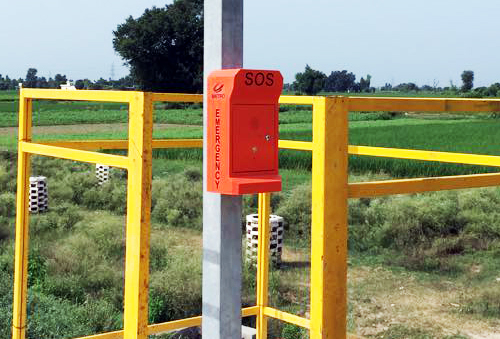
Features:
-
Robust cold Rolled Steel Body
-
Weather Resistant: IP65
-
Vandal resistant Metal Button
-
One Button Programmable for Speed Dial
-
Wall mounting or pole mounting, Simple Installation
-
Standard or customized units
-
External power supply or solar power operated
Variable Message Sign (VMS)
-
The speed limit, and traffic flow or congestions
-
Diversions, road closures, or alternative routes
-
Hazardous situations, work ahead, in-coming traffic situation
-
The weather condition, the date, time, temperature
-
Availability of public transport
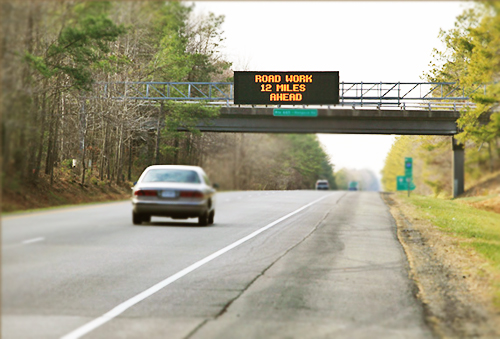
Close Circuit TV (CCTV)
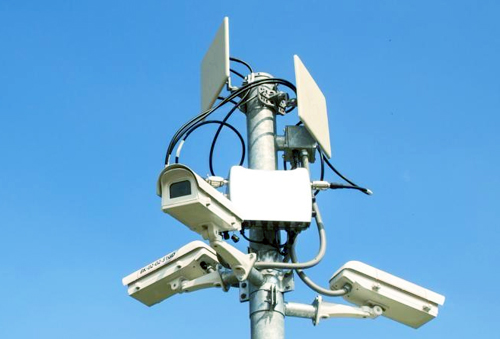
CCTV monitoring methods are used for surveillance of the road section. CCTV cameras with pan, tilt and zoom features, placed at a high level are perfect for highway surveillance, while vandal-proof dome cameras are best for high criminality locations. Multiple types of cameras can help record and display video with ability to schedule video recording or trigger recording inresponse to an incident.
Central control room uses the feeds of the traffic from CCTVs installed along particular sections of the highway. It enables CCR to take quick decisions on Highway incidents.
Features:
-
Optical Zoom
-
Digital Wide Dynamic Range
-
3D Intelligent Positioning functions
-
Cloud Support
-
High IR distance
-
Security efficiency with key events and objects recorded
-
Wide range of features of intrusion detection, line crossing detection, Audio exception
Automatic Traffic Counter and Classifier (ATCC)
ATCC detects, counts and classifies all traffic passing where it is installed. Automatic traffic Counter-Cum-Classifier which is used for fast method for traffic data collection. The ATCC able to provide detailed information about time headway, speed statistics , total count, vehicle classification The ATCC is useful for collection of large data on weekly, monthly and yearly basis.
An ATCC counts in real time the traffic flow.
Features:
-
Independent count and class operation
-
Configurable Record Interval Lengths
-
Onboard Keyboard and display
-
Built in surge and RF protection
-
Ultra Low power consumption
-
Large Memory capacity and smart loop detection
-
Dynamic sensor assignment and calibration
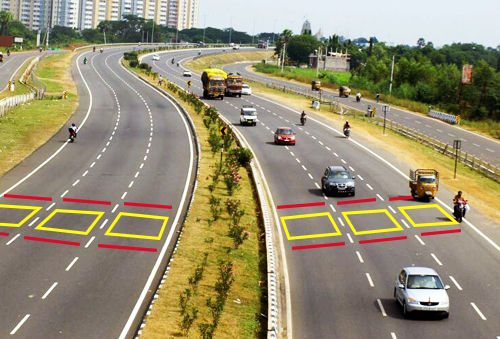
Video Incident Detection Systems (VIDS)
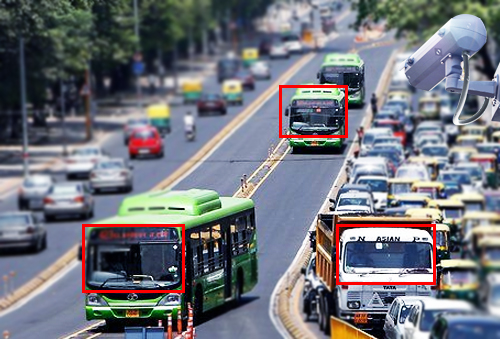
Features:
-
Ip66 and Nema 4X- Rated robust aluminium casing enclosures for the Camera
-
Wide Dynamic Range and forensic capture supported
-
Bandwidth and storage saving with Good image quality
-
Electronic Image stabilization even in the case of vibration
-
Arctic temperature control for safe start up in cold atmosphere
Speed Enforcement System
The entire process of identifying and recording traffic violations can be carried out in the control room. An integrated network of cameras captures images and video of reckless vehicles. The data (consisting of violation type and place/time of violation) is sent to the Control Center, and generates Challans (tickets) after fetching the required data from the Road Transport Office server.
Features:
-
Compact all-in-one design: camera, illuminator, GPS and laser integrated into a sturdy housing
-
Laser beam measurement – impossible for drivers to detect if their speed is being monitored
-
Works on a tripod or from inside patrol vehicle
-
Time and location data (GPS coordinates)
-
Laser, WI-FI, 4G, GPS
